
Refurbishment in the rail industry: How electroplating gives rail components a new lease of life

With rising costs and increasing pressure on businesses to operate in an environmentally responsible way, every aspect of operations in the rail industry needs to be considered holistically. One of the main aspects is the parts; modern rail systems require a wide range of parts annually due to their complexity, demanding safety and reliability standards, and the diverse operational requirements of the British rail network.

The UK Government’s “Rail Environment Policy Statement” calls on the rail sector to embed circular economy principles by reusing, repurposing, and recycling materials and components wherever possible, as part of a strategy to achieve net zero and minimise environmental impact. Extending the lifespan of train parts through refurbishment aligns directly with this policy direction and helps reduce waste, lower overall costs, and shrink the industry’s environmental footprint.
We support several key clients in the rail sector by utilising electroplating to repair and restore components, giving them a new lease of life. This approach significantly reduces new equipment acquisition costs, restores worn parts, and minimises both environmental impact and waste.
How Refurbishment Helps
When parts come up for assessment, inspection and replacement, instead of condemning them and sending them to the landfill, they can be replaced and sent to us for refurbishment.
The most common parts we refurbish are:
- Electric tram and train parts
- Brake system components, such as discs and callipers
- Bearing components and wheel bogies
- Overhead line connections for electric trams and trains
- Electrical connectors and precision electronics
- Engine and carriage fittings
Electroplating can significantly extend the service life of rail components. The list above is only a selection of the parts we commonly work with. If you have other parts that require electroplating or replating, we’ll be happy to discuss your requirements with you.
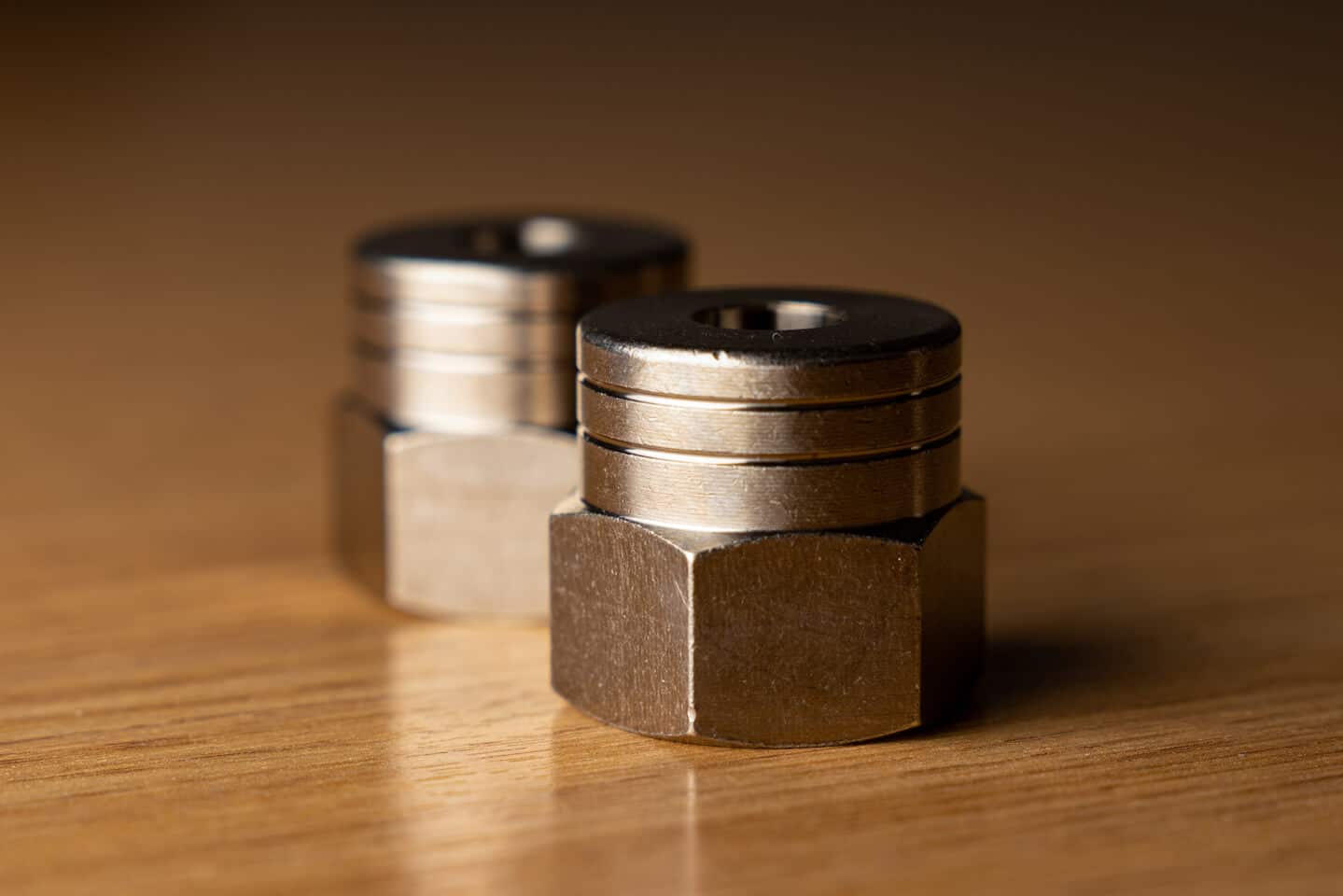
Rail Component Refurbishment Process
This restores their surface and extends their service life. We offer a quality refurbishment process which includes key stages:
Stripping
When worn parts arrive for refurbishment, they are often not in a suitable condition for immediate processing. Typically, these components still bear remnants of the worn, old finish, with visible areas of damage such as chipped or peeling plating, and in some cases, pieces of plating that have adhered to the surface. For components that include sacrificial layers, the top coating frequently shows signs of wear, including scratches, abrasions, or even sections where the coating has been entirely removed, revealing the underlying substrate.
Therefore, for us to initiate the refurbishment process effectively, it is crucial to completely strip away any remaining plating. This step is essential not only to eliminate potential complications that could arise later during refurbishment but also to ensure a smooth and uniform surface for subsequent treatments. By starting with a clean and even foundation, we can significantly mitigate the risk of hidden issues surfacing later in the process. This attention to detail is pivotal for achieving the highest standards of quality and performance in the refurbished components. Stripping is versatile and applies to a variety of finishes, including plating, painted coatings and powder coating.
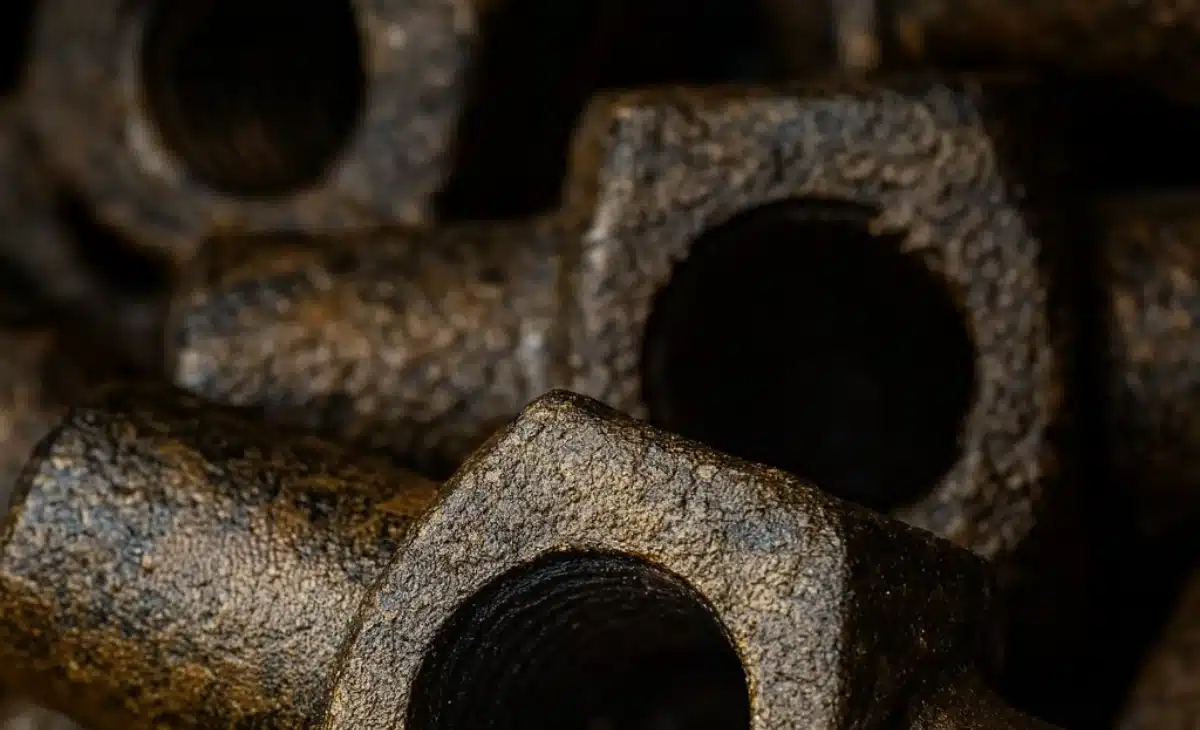
Surface Preparation Services for the Rail Industry
After stripping, the next important step in the preparation process is a thorough cleaning. Rail industry parts, for example, are exposed to the elements and harsh conditions, accumulating carbon dust, oils, salt, debris, and more. If these and the resulting contaminants aren’t completely removed from the surface, they’ll weaken the bond of the new plating and could harm the performance or lifespan of the component. We ensure that every trace of contamination is removed before proceeding.
This stage is crucial, which is why we offer a comprehensive range of surface preparation processes. Our goal is to ensure that rail components are thoroughly cleaned, activated, and ready for replating. The methods we choose depend on the component’s geometry, level of wear, and the specific plating requirements.
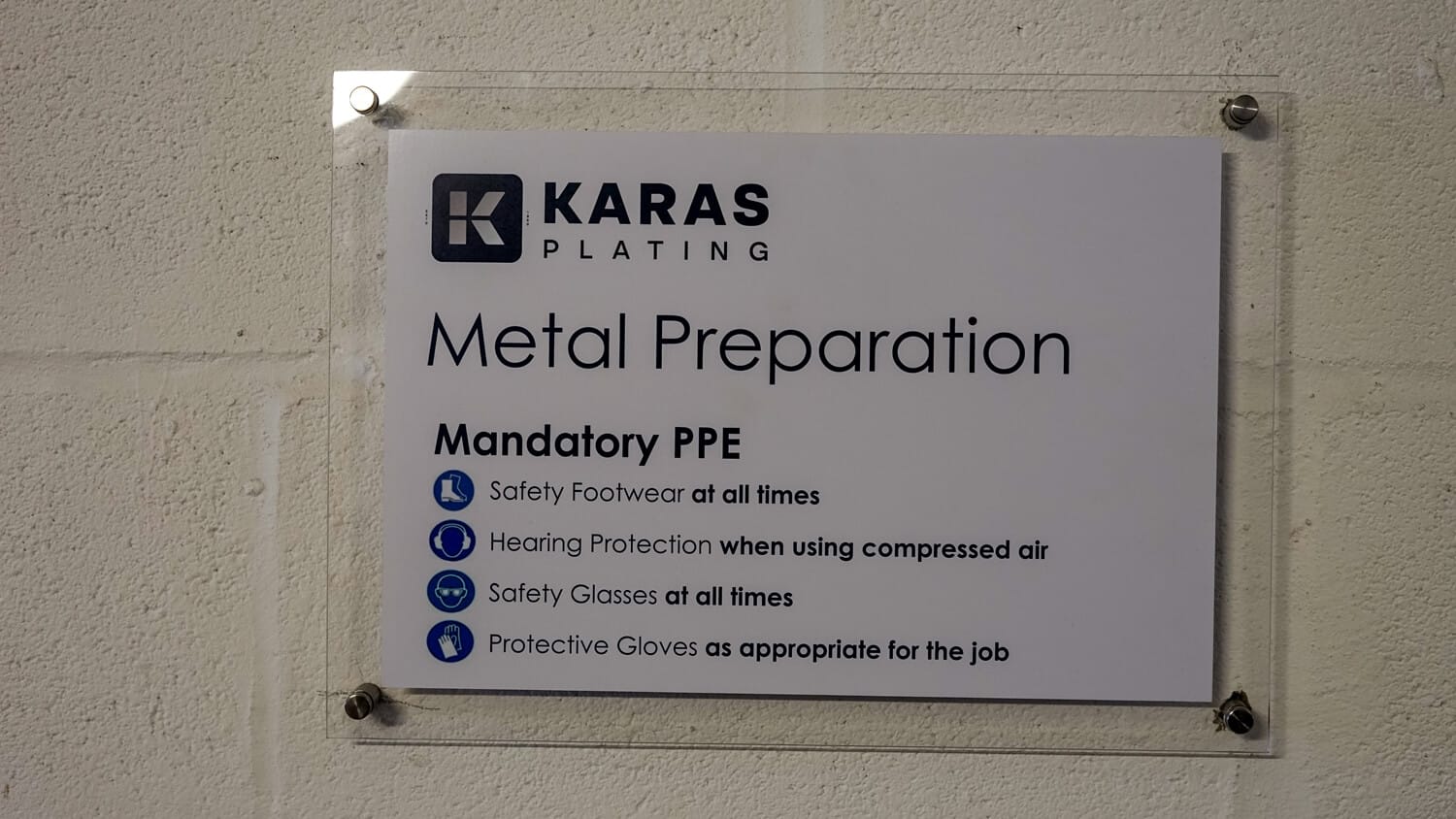
Acid Wash
Immersion in carefully selected acid solutions dissolves rust, mill scale, and oxides from steel and other base metals. This process chemically cleans and activates the substrate surface and is often combined with a degreasing stage to ensure maximum plating adhesion.
Mechanical Cleaning
Aqua Blasting
A controlled slurry of water and fine abrasive media is directed at the surface, producing a uniform, satin-like finish. This method is well-suited for precision applications, as it cleans efficiently while avoiding the harsher effects of dry blasting.
Degreasing
To ensure the plating process is free from contamination, we use organic solvents followed by a series of water rinse cycles. This removes oils, lubricants, greases, and shop soils commonly found on rail components after years of use.
Hand Blasting
Manual abrasive blasting with our wide range of blasting devices operated by hand allows precise surface treatment on complex geometries or large components. It is ideal where targeted cleaning or defect removal is required.
Tumble Blasting
Multiple components can be processed at once using tumbling barrels charged with abrasive media. This method ensures even cleaning and burr removal, particularly useful for small parts with those hard to reach nooks and crannies.
Chemical Cleaning
Our team can also use chemical cleaning depending on the type of contaminant, applying either acidic or alkaline solutions. Alkaline cleaning stages are particularly effective at breaking down oil and grease residues, while acids are used to dissolve oxides and scale. This ensures surfaces are completely free of residues prior to plating.
Electrocleaning
Electrocleaning involves using an electrolytic bath in which the components are immersed. The electrical current loosens and dislodges strongly adhering oil films, fine oxides, and shop dirt. This method delivers a highly active, contaminant-free surface, providing superior plating adhesion compared with chemical cleaning alone.
Ultrasonic Cleaning
Ultrasonic transducers generate high-frequency sound waves within a liquid bath, creating microscopic cavitation bubbles. As these bubbles collapse, they release localised cleaning energy that removes fine contaminants from surfaces and crevices. This is one of the most effective methods for achieving precision-level cleanliness on intricate rail components.
Dedicated surface preparation department
We invest heavily in our surface preparation processes, as they significantly impact the final quality of our customers’ plated parts. Our investment includes a wide range of equipment, such as aqua, hand, and tunnel blasters, dishwashers, and a dedicated metal preparation area.
Once the part is stripped and cleaned, it’s ready for any further surface preparation it might need, such as fine-tuning the texture or activating the surface for plating.

Popular Rail Refurbishment Processes
Electroplating is widely used to refurbish rail components in both rail infrastructure and rolling stock. Our most popular processes are:
Silver replating
Electroplated silver components are commonly used in the rail industry due to their numerous benefits, including enhanced safety and improved efficiency. In many cases, opting for silver plating instead of solid silver as a base metal is a more cost-effective choice. We offer a replating and refurbishment service for silver plated components, extending their service life significantly. Our silver replating service renews worn silver coatings, restoring their performance advantages.
Zinc Replating
Zinc plating is commonly used as a sacrificial coating to protect steel components in the rail sector. The zinc layer corrodes in preference to the underlying steel, offering durable corrosion protection and reducing the risk of rust. Over time, the protective layer is consumed, and components require cleaning, stripping, and replating. Our zinc replating process restores this protective barrier and extends component life.
Other processes
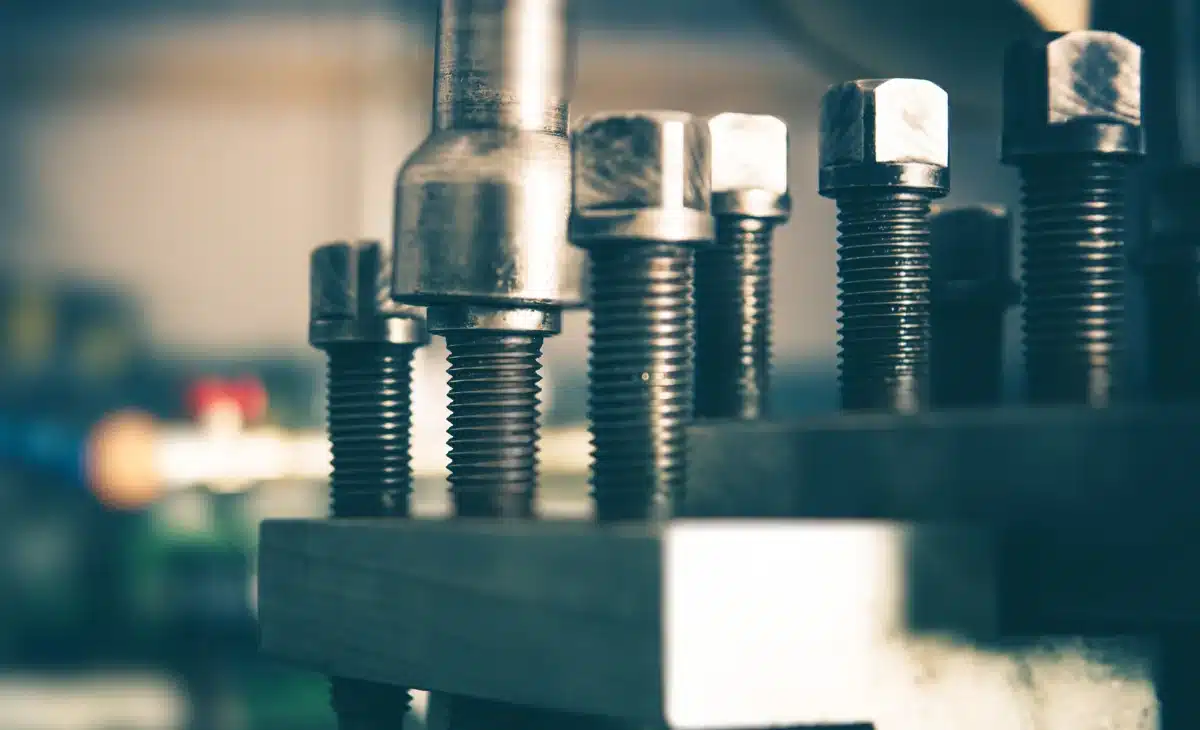
While silver and zinc remain our most popular metal plating processes in the rail industry due to their excellent conductivity and corrosion resistance, we pride ourselves on offering a broader spectrum of plating solutions tailored specifically for various rail industry components.
Gold Plating
We provide replating services for gold plated components. Gold plating gives rail components outstanding resistance to tarnish and excellent conductivity.
Nickel plating
Additionally, we provide nickel plating, which enhances durability and reduces friction in components, enabling them to have a longer service life.
Tin Plating
We tin plate a variety of rail components to significantly improve solderability, ensuring reliable electrical and mechanical joints in various applications. Additionally, tin provides valuable corrosion resistance, protecting electrical connectors, terminals, and other critical components from oxidation and environmental degradation over extended service periods in demanding rail environments.
Copper Plating
Rail customers highly value copper plating for improved electrical conductivity, as it is critical for components such as electrical contacts and connectors, where efficient current flow and minimal power loss are prerequisites for safe and reliable operation of the railway electrical system.

Get in touch
Each of these plating processes can be customised to meet the unique requirements of rail components, providing optimal performance, durability, and longevity. As a trusted partner to the UK rail sector, we deliver tailored electroplating and metal finishing services that meet the harshest operational demands.
Feel free to contact us today to discuss how a bespoke plating solution can extend the service life of your rail components and help your business meet stringent quality and environmental standards.

Benefits of refurbishing rail parts
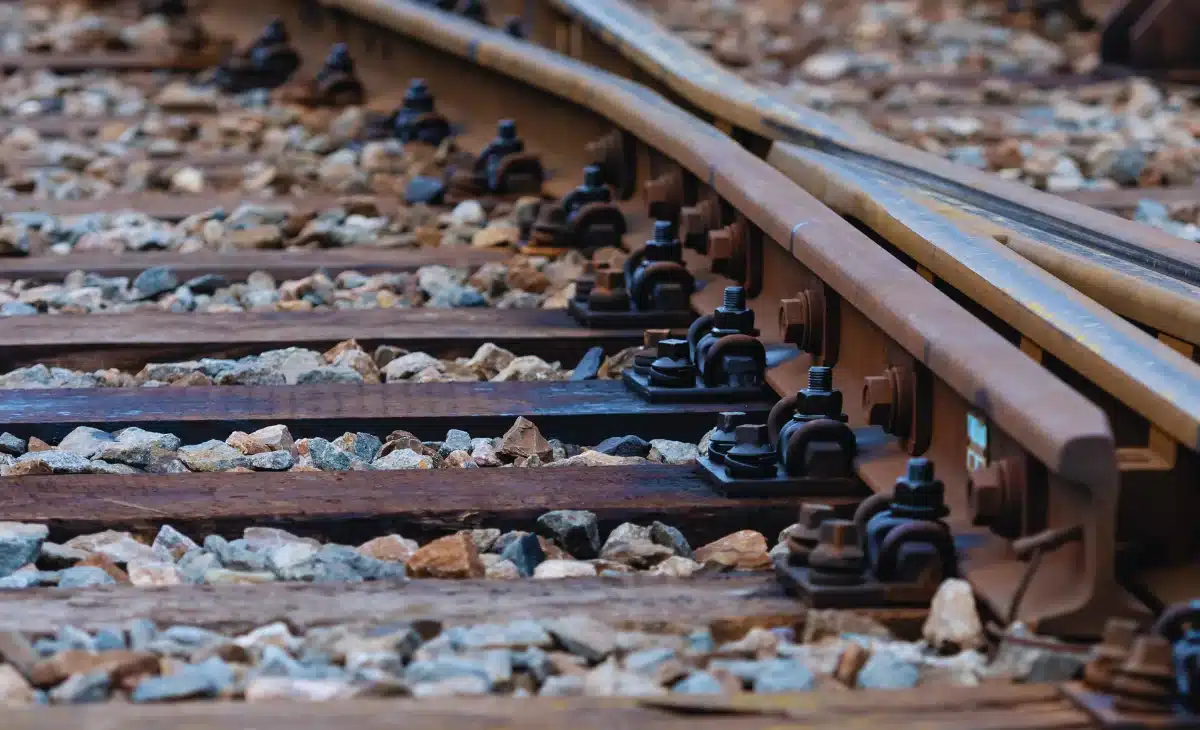
Environmentally friendly Alternative
Refurbishment is integral to the UK rail industry’s commitment to environmental sustainability and achieving net zero. Rail industry leaders are embedding “circular economy” principles prioritising the reuse, redeployment, and repurposing of existing assets and rolling stock components, as outlined in environmental strategies and the Rail Environment Policy Statement. This not only minimises waste sent to landfill, but also contributes directly to reduced whole-life carbon emissions.
Reduced costs
The “refurbish over renew” philosophy is a core part of asset management and whole-life asset planning. Refurbishment allows operators to recondition, reprofile, replate, or rework worn parts (including those from critical assets like rolling stock and infrastructure). This keeps maintenance budgets under control, reduces capital outlay on new spares, and supports efficient asset lifecycle management, as encouraged by industry practices such as “service exchange” and stock cataloguing.
Safety
During refurbishment, all incoming parts undergo our thorough quality assurance process. Each component is carefully inspected and assessed for visible defects, such as cracks, severe wear, or any damage that might make refurbishment inappropriate or unsafe. This dedicated inspection procedure ensures parts only proceed to plating if they meet our strict quality standards, contributing to safer and more reliable components when returned to service.



